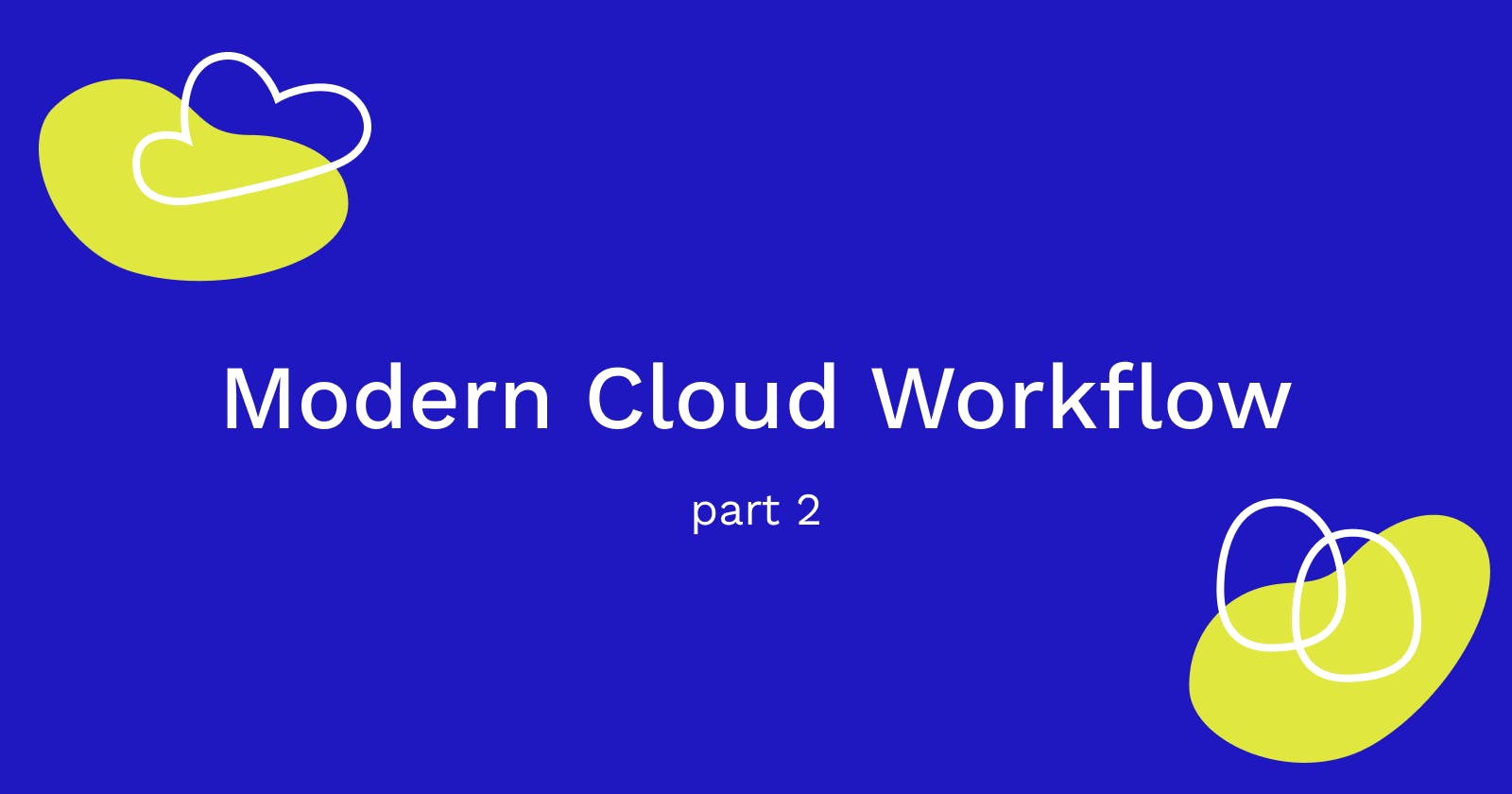In part 1 we walked through setting up a pebl project, and the workflow for running and deploying our pebl apps.
In part 2 we are going to explore the pebl sdk more by looking at incorporating redis into our application.
Adding Redis
Adding redis into our application is quite simple. In the same way that we used pebl.service to create a service, all we need for redis is pebl.redis. From the pebl SDK reference, it says:
returns a dictionary containing two keys,
hostandport. These can be passed into your favorite redis client in order to connect with the resource.
So let's see what that looks like in practice. In the same main.py that we used in part 1, let's add a call to pebl.redis and print the result:
import pebl
from flask import Flask
res = pebl.redis("redis-1")
print(res)
app = Flask(__name__)
@app.route("/")
def root():
return "Hello!"
pebl.service(app, "your-subdomain.pebl.rocks")
Run this with the usual pebl run and check the results with pebl info.
pebl cluster version: 0.0.8
ctrl-C or q to exit the info pane
(exiting will not stop the cluster)
══ logs ═════════════════════════════════════
[853e47] {'host': 'host.docker.internal', 'port': 32769}
Connecting to Redis
While it's possible to connect to redis with a raw socket and manually send and parse the payloads, it's much easier and recommended to use a dedicated library. In this guide we will be using redis-py which is available as a PyPI package.
First update the Dockerfile install redis-py while building our project:
FROM peblcloud/python:0.0.8
COPY main.py .
RUN pip install Flask redis
ENTRYPOINT python -u main.py
Then update main.py to utilize the new redis client, passing the host and port information that the pebl SDK provides:
import pebl
import redis
from flask import Flask
conn = redis.Redis(**pebl.redis("redis-1"))
print(conn.ping())
app = Flask(__name__)
@app.route("/")
def root():
return "Hello!"
pebl.service(app, "your-subdomain.pebl.rocks")
Note that redis.Redis takes two named parameters, host and port, which means that we can conveniently pass along the result of pebl.redis by unpacking the dictionary with **.
Run this and check the output! conn.ping() should return True if everything is wired up properly, which you should see printed on the info pane.
A Simple Counter
Let's incorporate redis into our Flask application!
As an example we'll be creating a simple counter endpoint. A POST request to the endpoint will increment the counter, and GET request will return the current count.
import pebl
import redis
from flask import Flask
conn = redis.Redis(**pebl.redis("redis-1"))
app = Flask(__name__)
@app.route("/")
def root():
return "Hello!"
@app.route("/counter", methods=["POST"])
def increment():
conn.incr("counter")
return "success!"
@app.route("/counter", methods=["GET"])
def get_count():
curr = conn.get("counter")
return {
"counter": int(curr) if curr else 0
}
pebl.service(app, "your-subdomain.pebl.rocks")
Go ahead and run this with pebl run and play around with it! To use curl to send post requests make sure to supply the correct args. (Make sure to put in the correct port as shown by the info pane!)
$ curl -XPOST localhost:32770/counter
Cloud Runtime
Try running this in the cloud! Just use pebl deploy like we did in part 1, and you should see your application update seamlessly. Once completed you'll be able to query the /counter endpoints as you were doing locally!
Make sure to use https when querying the cloud endpoints:
$ curl -XPOST https://hey.pebl.rocks/counter
Tunnel
Previously when running this project on the local runtime, you might have noticed that the info pane shows the local port for each redis instance:
pebl cluster version: 0.0.8
ctrl-C or q to exit the info pane
(exiting will not stop the cluster)
redis:redis-1 → localhost:12345
If you were curious, you might have already tried connecting to this local port. If you
haven't, simply invoke redis-cli with the -p argument, taking care to provide
the port that's shown on your info pane:
$ redis-cli -p 12345
In order to provide a seamless experience no matter which runtime you are running on,
we provide a pebl tunnel command that replicates this experience for the cloud runtime.
The command takes the name of a redis instance running in the cloud runtime, and it creates
a tunnel from a locally bound port. So if our redis instance was named redis-1, we would invoke:
$ pebl tunnel redis-1
tunnel established at: 127.0.0.1:12345
use redis-cli to connect:
redis-cli -p 12345
As you can see the output of the command gives the local port to connect to, in the same way that you had with the local runtime.
Lastly, as a convenience, if you only have one redis instance in the cloud runtime, you can
omit the name argument to pebl tunnel, and it will automatically connect to the sole redis instance:
$ pebl tunnel
tunnel established at: 127.0.0.1:12345
use redis-cli to connect:
redis-cli -p 12345
Next in Part 3
Feel free to play around with utilizing more redis commands in this application. Afterwards head to part 3 in which we will cover pebl's object store interface which provides an intuitive way to manage storing blobs in the cloud.
